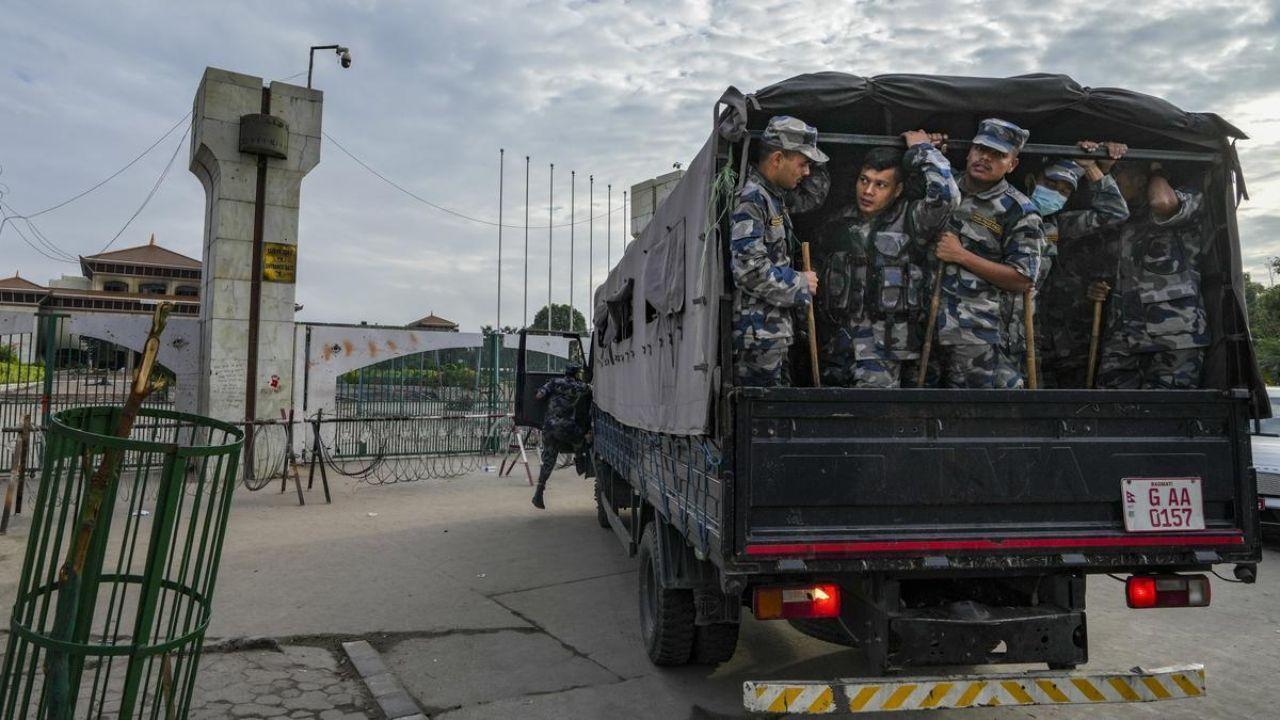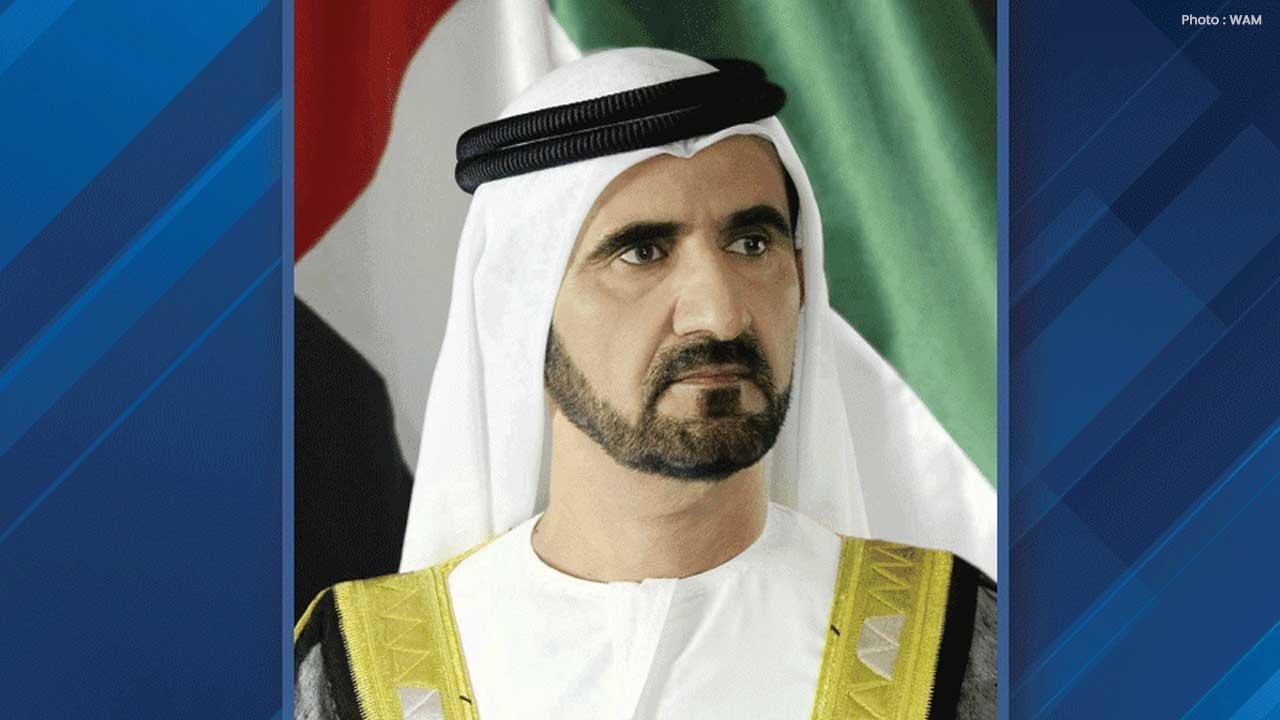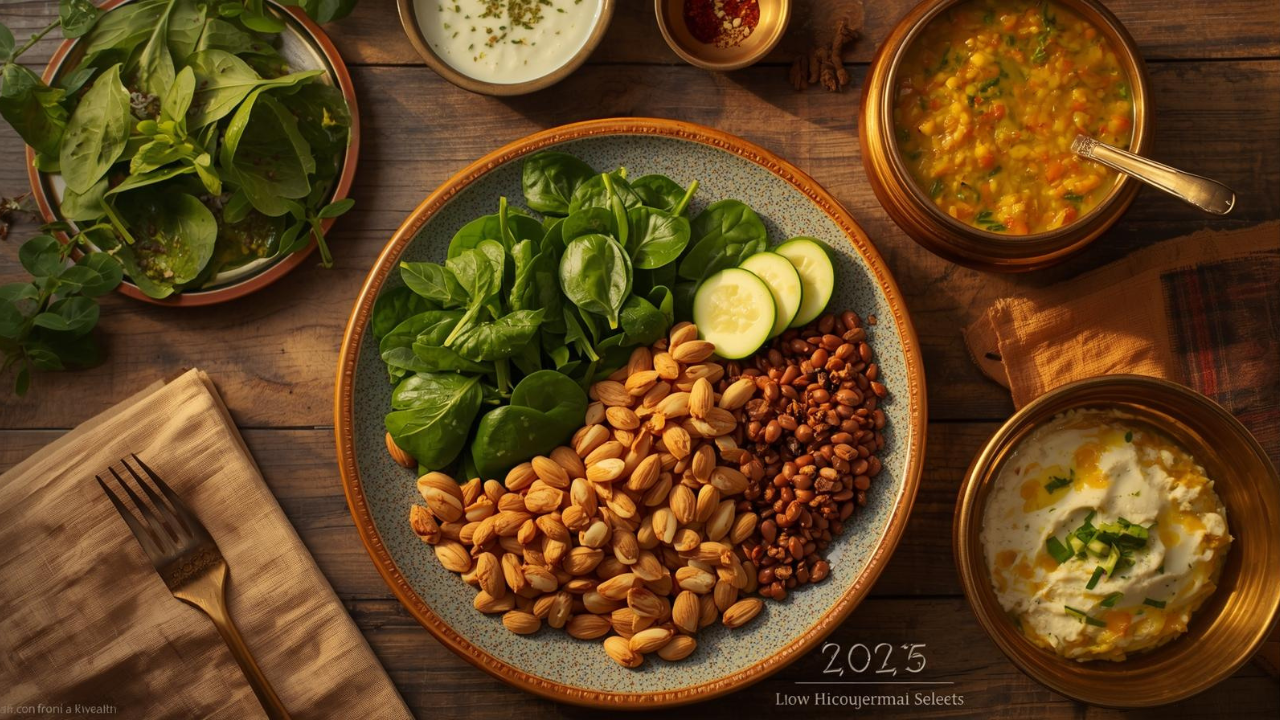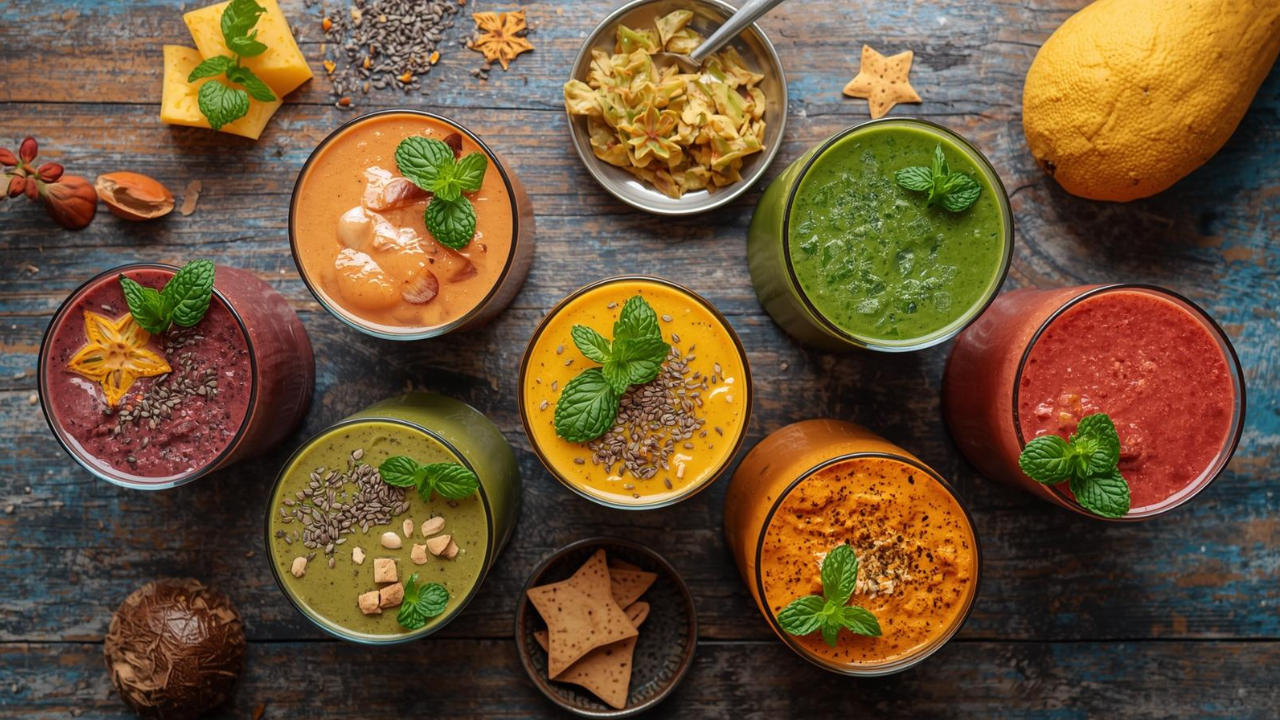
Post by :
Photo:PTI
Nepal is in the grip of one of its most severe political crises in recent history, as violent protests this week have left at least 51 people dead, police confirmed on September 12, 2025. The unrest began as demonstrations against government corruption, a ban on social media, and poor governance escalated rapidly into nationwide chaos.
The President of Nepal is holding urgent talks with protest leaders, key political figures who may lead an interim administration, and the army, which has taken control of the streets. Curfews have been imposed in major cities as the government attempts to restore order.
The Spark: Anti-Corruption Protests and Social Media Ban
The protests erupted after citizens grew frustrated with alleged corruption in government institutions, limited accountability, and restrictions on freedom of speech. The government’s ban on social media platforms was particularly controversial, seen by many as an attack on personal freedom and a tool to silence dissent.
Large crowds of protesters gathered in Kathmandu and other major cities, demanding the resignation of the Prime Minister and reforms to fight corruption. Initially peaceful, these protests turned violent as tensions rose and confrontations with security forces became unavoidable.
Monday’s Deadly Police Crackdown
The deadliest day of the protests was Monday, September 8, when security forces tried to disperse protesters using tear gas, batons, and, in some cases, live ammunition. At least 21 protesters were killed during these clashes, while others were seriously injured. The police also reported casualties among their own ranks, though official figures remain limited.
Protesters were seen brandishing weapons, including sticks, stones, and automatic rifles, making the situation increasingly dangerous. Security forces struggled to maintain control as groups blocked roads, set fire to vehicles, and clashed with authorities across multiple districts.
Parliament Burned and Prime Minister Resigns
The chaos escalated on Tuesday, September 9, when protesters set fire to the Parliament building in Kathmandu. The attack caused extensive damage, destroying important government documents and records. This dramatic act of defiance symbolized the depth of public anger and the breakdown of law and order.
In response to the crisis, Prime Minister KP Sharma Oli resigned, leaving the country without a clear political leader. Following his resignation, the Nepalese army was deployed to maintain peace, taking control of streets, public offices, and critical government infrastructure.
Looted Guns and Armed Protesters
During the protests, authorities reported that many demonstrators carried firearms. The army confirmed it had recovered over 100 looted guns, highlighting the severity of the uprising. The presence of firearms and the aggressive actions of some protesters added a dangerous layer to an already tense situation, raising fears of further violence.
Mass Prison Breaks Add to the Chaos
The protests triggered a mass prison escape, with over 12,500 prisoners fleeing from jails across Nepal. Security forces have been working to recapture the fugitives, but many remain at large, creating additional challenges for authorities.
Some escapees attempted to cross the Nepal-India border, and Indian border forces have apprehended several. Police reported that 3 policemen were killed and that some prisoners died in clashes during their escape. Police spokesman Binod Ghimire stated, “About 13,500 prisoners had escaped, some have been recaptured, but 12,533 are still on the run.”
Social and Economic Impact
The unrest has disrupted daily life in major cities. Businesses, schools, and government offices remain closed, and transportation has been severely affected. Families of victims are mourning, while hospitals are struggling to cope with the influx of injured protesters.
The economic impact is expected to be significant. Nepal relies heavily on tourism and foreign investment, and the ongoing chaos is likely to affect both sectors, as travelers and investors may reconsider their plans amid political instability.
Government and Army Response
The President has called for restraint and calm, urging citizens to avoid violence. The army continues to patrol key areas and enforce curfews, while negotiations are underway to form an interim government to restore stability. Officials are also working to strengthen border security to prevent more fugitives from escaping into neighboring countries.
Analysts warn that if the political vacuum continues, Nepal could face further instability, with protests possibly spreading to rural areas and new clashes between protesters and security forces.
The Road Ahead
Nepal now faces a delicate balancing act. Authorities must address public grievances about corruption and governance while restoring law and order. The political leadership vacuum and the large number of escaped prisoners create a complex situation that could take weeks to stabilize.
For citizens and the international community, the events in Nepal are a stark reminder of how quickly political frustration and social restrictions can escalate into national crises, especially in countries with fragile governance systems.










NBA Friday Recap: Powerhouse Wins for Miami, LA, Milwaukee, and Clippers
Miami, LA Lakers, Milwaukee, and Clippers triumphed in a thrilling NBA Friday, showcasing standout p

Doncic Shines with 49 Points in Lakers' 128-110 Victory over Timberwolves
Luka Doncic dazzles with 49 points as the Lakers secure a 128-110 win against the Timberwolves, show

Kings Triumph Over Jazz 105-104 with Last-Minute Sabonis Effort
The Sacramento Kings edged out the Utah Jazz 105-104, with Domantas Sabonis making the decisive shot

Argentina's Friendly Match Against India Delayed, New Date to be Announced
The friendly match between Argentina and India in Kochi has been postponed due to FIFA approval dela

Rohit and Kohli Conclude ODI Journeys in Australia with a Victory
Rohit Sharma and Virat Kohli bid adieu to Australian ODIs with a final win, forming a 168-run partne

George Russell's Wrestling Mask Antics at Mexican Grand Prix
George Russell donned a wrestling mask to enjoy the Mexican Grand Prix from the stands, providing a